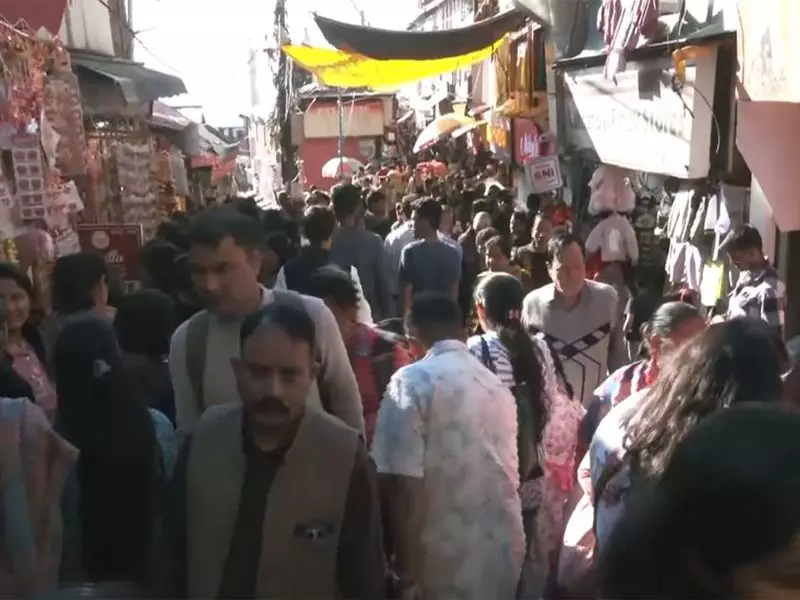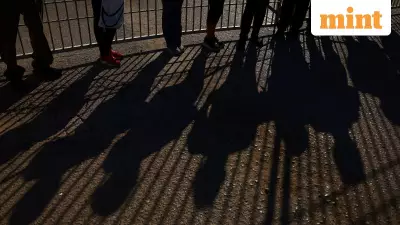
India's retail sector is witnessing a dramatic geographical shift as smaller cities emerge as the primary drivers of expansion, according to a recent comprehensive report. The conventional focus on metropolitan areas is being challenged by the rapid growth occurring in Tier II and III cities across the country.
The New Retail Frontiers
Tier II and III cities now account for a staggering 60% of all new retail store openings in India, signaling a fundamental transformation in how brands approach market expansion. This trend represents a significant departure from previous years when major metropolitan areas dominated retail growth strategies.
The report highlights that cities such as Ahmedabad, Lucknow, and Chandigarh are leading this retail revolution, with shopping mall stock in these markets expected to grow by an impressive 89% over the next two years. This expansion rate substantially outpaces the projected 31% growth in major metropolitan cities, clearly indicating where the future of Indian retail is heading.
Factors Driving the Retail Revolution
Several key factors are contributing to this remarkable shift in retail dynamics. Rising disposable incomes in smaller cities have created new consumer markets that brands can no longer ignore. Improved infrastructure and better connectivity have made these cities more accessible for both retailers and consumers.
The digital revolution has played a crucial role in this transformation. Increased internet penetration and smartphone usage have exposed consumers in Tier II and III cities to national and international brands, creating demand that local retail infrastructure is now racing to fulfill. This digital awareness, combined with growing aspirations, has created the perfect environment for retail expansion.
Real estate dynamics also favor these emerging markets. Lower operating costs and more affordable rental spaces make expansion financially viable for retailers, while developers benefit from more available land for constructing new shopping centers and retail destinations.
Future Outlook and Market Implications
The implications of this retail shift are profound for both domestic and international brands. Companies that previously concentrated their expansion efforts exclusively on metropolitan areas are now recalibrating their strategies to include these high-growth markets. The report suggests this trend is likely to accelerate in the coming years as infrastructure continues to improve and consumer spending power increases.
This geographical redistribution of retail presence also indicates a more balanced economic development across India's urban landscape. As retail follows consumption patterns, the growth in Tier II and III cities reflects broader economic progress spreading beyond traditional metropolitan centers.
The transformation represents a significant opportunity for retailers to tap into relatively unsaturated markets with growing consumer bases. Early movers in these cities stand to gain substantial market share and brand loyalty that could provide competitive advantages for years to come.
As India continues its journey toward becoming one of the world's largest consumer markets, the role of Tier II and III cities in shaping retail growth patterns cannot be overstated. This geographical diversification marks a new chapter in India's retail evolution, one that promises to make the sector more inclusive and nationally distributed than ever before.





